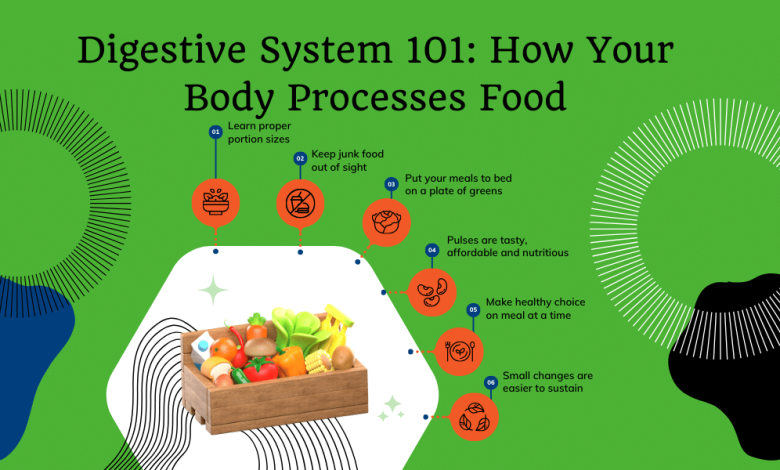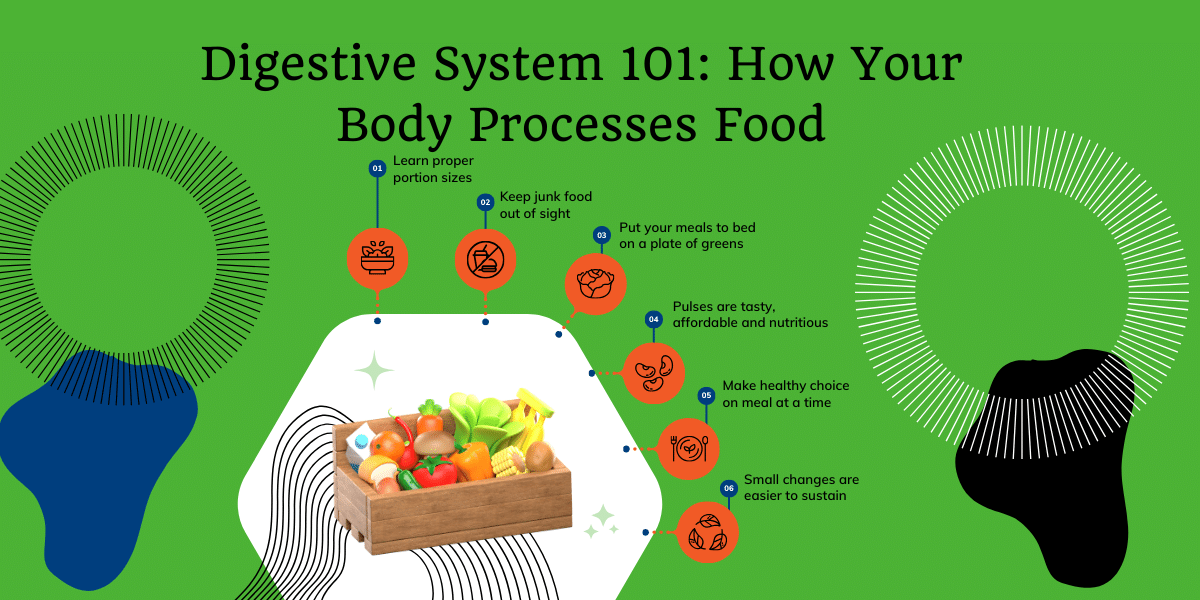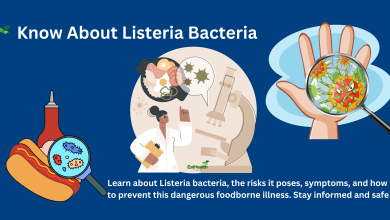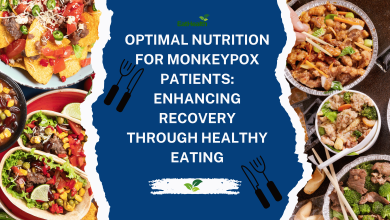
The digestive system is a marvel of human biology, a complex and efficient network of organs and processes that allows our bodies to break down food, extract essential nutrients, and eliminate waste. It’s a fundamental system that ensures our survival and overall well-being. In this blog post, we’ll take a deep dive into the digestive system, exploring how it works, the key organs involved, and the remarkable journey your food takes from your mouth to its ultimate destination.

The Journey Begins: The Mouth
Our journey through the digestive system begins in the mouth. As you take your first bite of food, your teeth start the mechanical breakdown of larger food particles into smaller, more manageable pieces. Meanwhile, your salivary glands produce saliva, which contains enzymes like amylase, initiating the chemical breakdown of carbohydrates.
The Esophagus: The Food Tube
Once your food is sufficiently chewed and mixed with saliva, it’s formed into a soft, moist mass called a bolus. The bolus then travels down the esophagus, a muscular tube connecting the mouth to the stomach. The esophagus uses peristaltic movements to propel the bolus downward.
The Stomach: A Gastric Adventure
Upon reaching the stomach, the bolus encounters a highly acidic environment. The stomach’s lining secretes gastric juices containing hydrochloric acid and pepsin, which together create a powerful digestive environment. The stomach’s churning motions further break down food into a semi-liquid substance called chyme.
Small Intestine: Where Nutrient Absorption Occurs
Chyme then enters the small intestine, the longest part of the digestive tract. The majority of nutritional absorption happens in the small intestine. It’s lined with tiny finger-like projections called villi and microvilli, which increase its surface area for optimal nutrient absorption. Here, enzymes from the pancreas and liver assist in further breaking down carbohydrates, proteins, and fats.
The Liver and Gallbladder: Bile Production
The liver plays a crucial role in digestion by producing bile, a substance that aids in the breakdown of fats. Bile is stored in the gallbladder until it’s needed, at which point it’s released into the small intestine to emulsify fats, making them easier to digest.
The Large Intestine: Absorption and Water Balance
As the remaining chyme moves into the large intestine, water and electrolytes are absorbed, thickening the contents into feces. The large intestine is also home to trillions of beneficial gut bacteria that aid in fermentation and the breakdown of undigested carbohydrates.
The Final Stretch: Rectum and Anus
Eventually, the processed food material reaches the rectum, where it’s stored until elimination. When the rectum is full, signals are sent to the brain, leading to the sensation of needing to defecate. The anal sphincters relax, allowing waste to exit through the anus.
Conclusion
The digestive system is an intricate and vital part of our bodies, ensuring that we obtain the nutrients necessary for energy and growth while eliminating waste. Understanding how this complex system works can lead to better choices regarding diet and overall health. By providing the nutrients your body needs and maintaining a healthy digestive system, you can promote overall well-being and enjoy a lifetime of good health.




